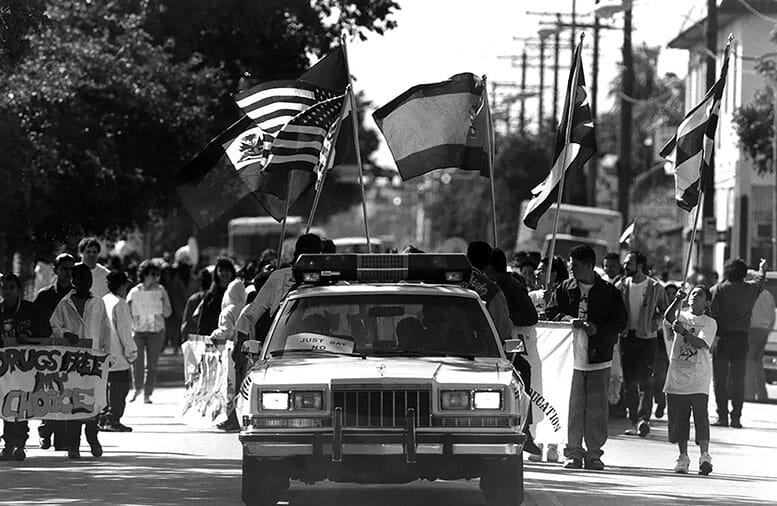
Cover: Puerto Rican parade along NW Second Avenue in Wynwood in the 1970s.
As World War II came to an end, Miami became one of the fastest growing metropolitan areas in the nation. It was said that those who trained in South Florida during the war years got ‘sand in their shoes’ and returned after the war concluded. In addition, changes in the Caribbean also led to the migration of Puerto Rican families to Miami beginning in 1945.
There were two neighborhoods in Miami that became an enclave for newly arriving Puerto Rican families. The Cliff Hammock subdivision in the Brickell neighborhood became the preferred destination of the wealthy families of Puerto Rico who were looking for a new start in South Florida. The Wynwood neighborhood became the preferred destination of working-class families who were seeking an opportunity to start a new life in the Magic City. Some of these families relocated directly from the island territory, others relocated from New York and other parts of the United States.
Length of Video: 03 minutes and 19 seconds
Story on NBC6 of the Little San Juan’s of yesteryear as part of Hispanic Heritage Month. Click the play button to watch. To watch on NBC6 website, click here.
Little San Juan of Brickell Avenue
Prominent Puerto Rican families including the Cabassas, Seralles, Morales, and Ferres relocated from the island territory to the Cliff Hammock subdivision in the Brickell neighborhood beginning in the mid-1940s. Jacob Cabassa, a board member and executive for Pan American Bank, and an owner of a large tract of land bordering the Everglades, purchased the estate at 1581 Brickell Avenue when he moved to Miami in 1945. This was once the estate of Charles Briggs, known as the “shoe king of Brickell” because he made his fortunes in supplying leather for shoes, purses, and other accessories.
Pedro Juan Seralles purchased the estate at 1839 Brickell Avenue in 1945 which was once owned by theater magnate John H. Havlin, and then later, prominent Chicago lumber merchant David Joyce. The Seralles family was a prominent sugar plantation owner in Puerto Rico who distilled several different brands of rum including Don Q.
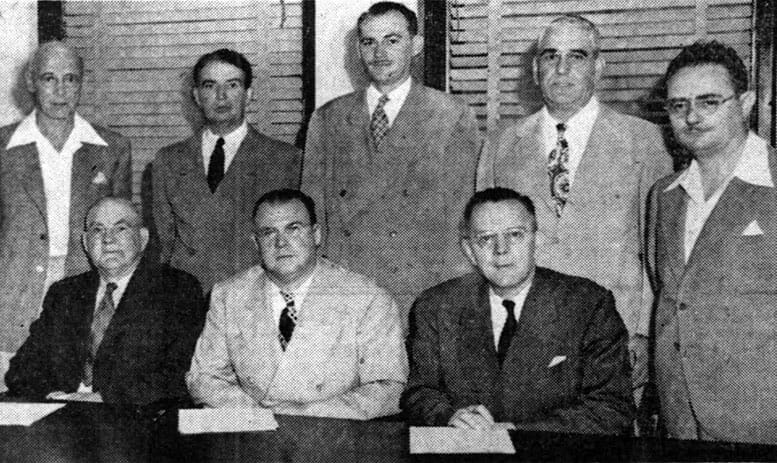
Figure 1: Board of Directors of the Pan American Bank on June 10, 1945 after its formation. Jacob Cabassa is standing in the back, second from the right, and Pedro Seralles is seated in the middle.
When Seralles arrived in Miami and tried to establish a banking relationship he was discouraged that he could not find any Spanish speaking bankers. This inspired him to form the Pan American Bank in the Security Building in downtown Miami in 1945. The board of directors consisted of many of his fellow Puerto Rican neighbors in the Brickell neighborhood including Jacob Cabassa and Eduardo Morales, who became president of the bank and purchased the residence at 1642 Brickell Avenue.
Jose Ferre, president of Maule Industries and prominent land developer, purchased the former estate of Dr. James Jackson at 1627 Brickell Avenue in 1952. Jose’s son, Maurice, was Miami’s first Hispanic mayor who served in that position from 1973 until 1985. Jose Ferre constructed the New World Tower at 100 Biscayne Boulevard which became the tallest building the in the city when it opened in 1965.
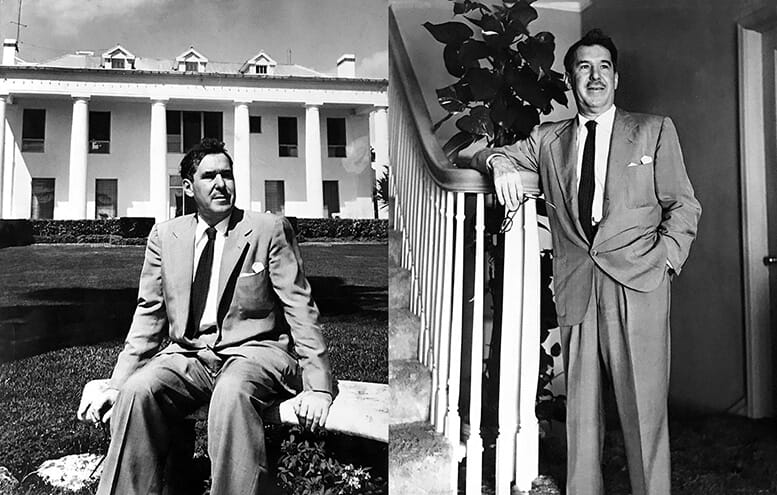
Figure 2: Jose Ferre at his residence in Brickell on February 24, 1956.
Many of these prominent families left Puerto Rico due to changing sentiments and policies as it pertained to land ownership and taxes. A new governor was elected in the early 1940s who was planning a land redistribution policy and had run on raising taxes on the wealthiest magnates on the island. These new policies inspired many of the aforementioned individuals to relocate to South Florida for a friendlier business climate and to preserve their family wealth.
Little San Juan of Wynwood
At the same time that the Puerto Rican enclave was established in the Brickell neighborhood, the Wynwood neighborhood became the preferred destination of the working-class Puerto Rican families who relocated to Miami. While wealth preservation was the top motivation for the new Brickell residents, the reasons for relocating to Miami varied for the new residents of Wynwood.
The Martinez family, who were one of the first Puerto Rican families to establish residency in Wynwood, moved to Miami in 1945 to be closer to a family member who was serving in the military in Key West at the time. Other families migrated to the area for affordable housing that was close to their jobs in the garment district of Wynwood, or jobs in the hotels on Miami Beach.

Figure 3: Puerto Rican men playing dominoes on corner at NW Second Avenue in Wynwood.
In April of 1957, the Miami News published an article that stated that there were 20,000 Puerto Rican permanent residents living in the City of Miami and another 10,000 that were frequent visitors. While the residents of Brickell were wealthy, most of the 30,000 Puerto Rican residents were living in poverty. The writer of the article stated: “the majority of them live in a slum section, most of which was a slum before they started moving into it in large numbers in 1949.” During the late 1950s, the colony of Puerto Ricans in Wynwood were bounded by NW 5th to NW 29th Streets from the south to north, and from North Miami to NW 7th Avenues from east to west.
It was around the time of this article that locals and writers began referring to both areas as ‘Little San Juan.’ While it is not clear which of the two areas was given the moniker first, it is likely that this was the first use of applying ‘little’ as part of a nickname of a neighborhood in Miami. While Little San Juan may have been the first of the ‘Little’ designations in South Florida, the composition of both the Brickell and Wynwood neighborhoods have changed so dramatically over the past six decades that this moniker is largely forgotten.
By 1963, the area, first along Flagler Street, and then later along SW Eighth Street (aka the Tamiami Trail), was given the nickname ‘Little Havana’ for the large number of Cubans who moved into the area during the early 1960s. While Little Havana’s demographics have also changed, the nickname is not only remembered and recognized, but has become a recognizable brand as a destination for tourists and residents who want a taste of Latin culture in Miami. Of course, there are many parts of South Florida where Latin culture is experienced and celebrated, but Little Havana has developed its own niche when appealing to visitors who travel to Miami.
Click Here to Subscribe
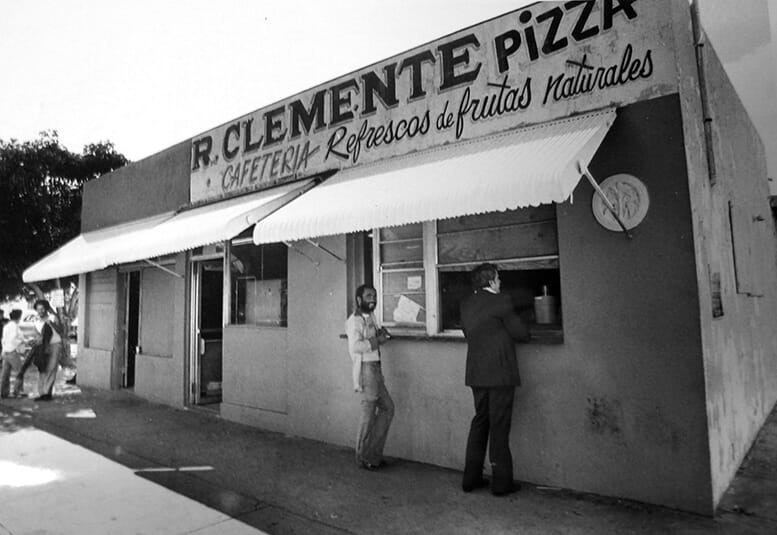
Figure 4: Coffee Shop across from Roberto Clemente Park in December of 1979.
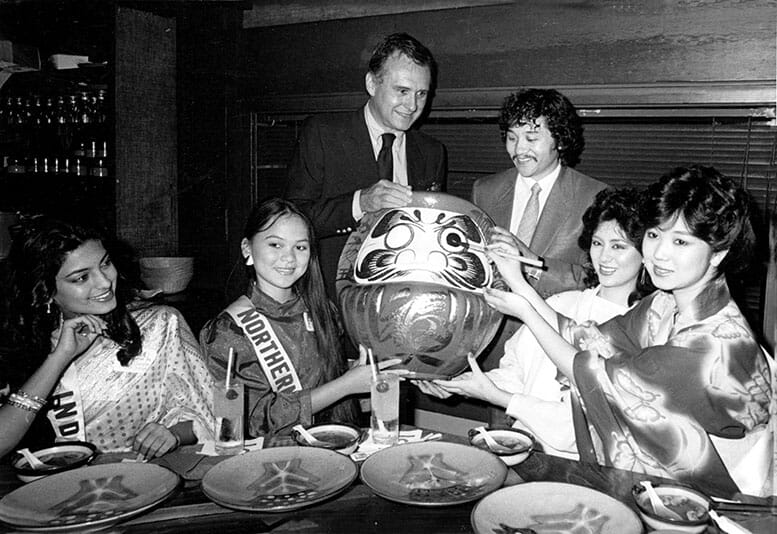
Figure 5: Mayor Maurice Ferre at an event in 1978.
Photos:
- Cover: Puerto Rican parade along NW Second Avenue in Wynwood in the 1970s. Courtesy of Miami Herald.
- Figure 1: Board of Directors of the Pan American Bank on June 10, 1945, after its formation. Jacob Cabassa is standing in the back, second from the right, and Pedro Seralles is seated in the middle. Courtesy of the Miami News.
- Figure 2: Jose Ferre at his residence in Brickell on February 24, 1956. Courtesy of HistoryMiami Museum.
- Figure 3: Puerto Rican men playing dominoes on corner at NW Second Avenue in Wynwood. Courtesy of the Miami Herald.
- Figure 4: Coffee Shop across from Roberto Clemente Park in December of 1979. Courtesy of Casey Piket.
- Figure 5: Mayor Maurice Ferre at an event in 1978. Courtesy of Casey Piket.
